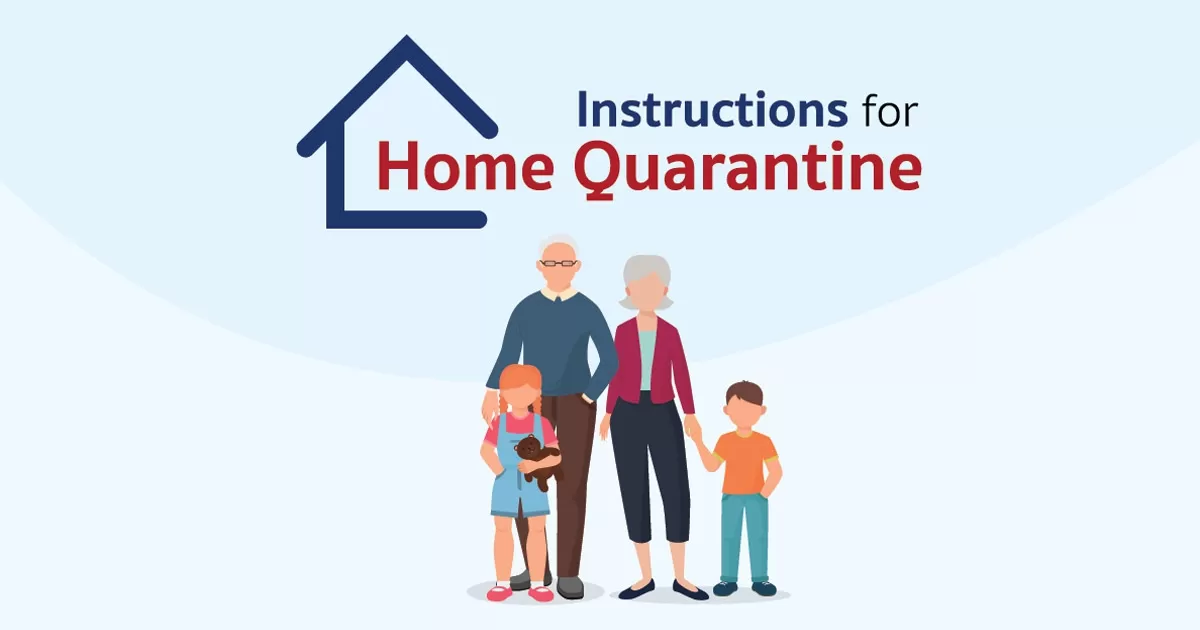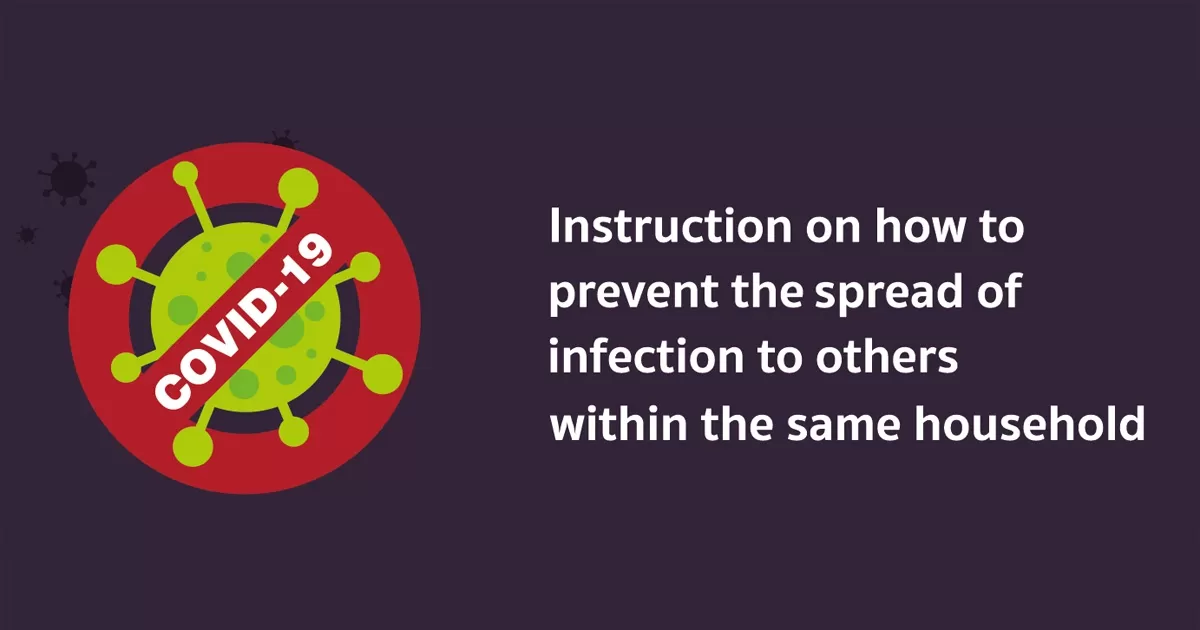
Seasonal influenza and influenza A (H1N1)
Home > Health Info > Health Articles

Cause
Influenza viruses belonging to the family Orthomyxoviridae.
The influenza viruses are classified into types A, B and C on the basis of their core proteins. Only types A and B cause human disease of any concern. The subtypes of influenza A viruses are determined by envelope glycoproteins possessing either haemagglutinin (HA) or neuraminidase (NA) activity. High mutation rates and frequent genetic reassortments of these viruses contribute to great variability of the HA and NA antigens. All of the currently identified 16 HA and 9 NA subtypes of influenza A viruses are maintained in wild, aquatic bird populations. Humans are generally infected by viruses of the subtypes H1, H2 or H3, and N1 or N2. Minor point mutations causing small changes (“antigenic drift”) occur relatively often. Antigenic drift enables the virus to evade immune recognition, resulting in repeated influenza outbreaks during interpandemic years. Major changes in the HA antigen (“antigenic shift”) are caused by reassortment of genetic material from different A subtypes. Antigenic shifts resulting in new pandemic strains are rare events, occurring through reassortment between animal and human subtypes, for example in co-infected pigs. Influenza A (H1N1) virus emerged in 2009. It is a new reassortment that has never before circulated among humans. This virus is not closely related to previous or current human seasonal influenza viruses.
Transmission
Respiratory transmission occurs mainly by droplets disseminated by unprotected coughs and sneezes. Short-distance airborne transmission of influenza viruses may occur, particularly in crowded enclosed spaces. Hand contamination and direct inoculation of virus is another possible source of transmission.
Nature of the disease
An acute respiratory infection of varying severity, ranging from asymptomatic infection to fatal disease. Typical influenza symptoms include fever with abrupt onset, chills, sore throat, non-productive cough and, often accompanied by headache, coryza, myalgia and prostration. Complications of influenza viral infection include: primary influenza viral pneumonitis, bacterial pneumonia, otitis media and exacerbation of underlying chronic conditions. Illness tends to be most severe in the elderly, in infants and young children, and in immunocompromised hosts. Death resulting from seasonal influenza occurs mainly in the elderly and in individuals with pre-existing chronic diseases. Influenza A (H1N1) is similar to seasonal influenza but has been characterized by higher activity during the northern summer season, higher fatality rates among healthy young adults and higher incidence of viral pneumonia.
Disease burden
Influenza occurs all over the world, with an annual global attack rate estimated at 5–10% in adults and 20–30% in children. In temperate regions, influenza is a seasonal disease occurring typically in winter months: it affects the northern hemisphere from November to April and the southern hemisphere from April to September. In tropical areas there is no clear seasonal pattern, and influenza circulation is year-round, typically with several peaks during rainy seasons.
Risk for travellers
Travellers, like local residents, are at risk in any country during the influenza season. In addition, groups of travellers that include individuals from areas affected by seasonal influenza (e.g. cruise ships) may experience out-ofseason outbreaks. Travellers visiting countries in the opposite hemisphere during the influenza season are at special risk, particular if they do not have some degree of immunity through recent infection or regular vaccination. The elderly, people with pre-existing chronic diseases and young children are most susceptible to complications.
Precautions
Whenever possible, avoid crowded enclosed spaces and close contact with people suffering from acute respiratory infections. Frequent hand-washing, especially after direct contact with ill persons or their environment, may reduce the risk of acquiring illness. Ill persons should be encouraged to practise cough etiquette (maintain distance, cover coughs and sneezes with disposable tissues or clothing, wash hands).
Source: World Health Organization
Share :



